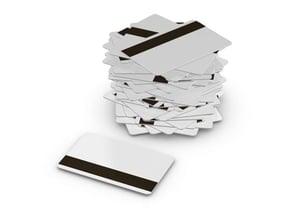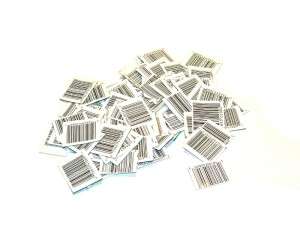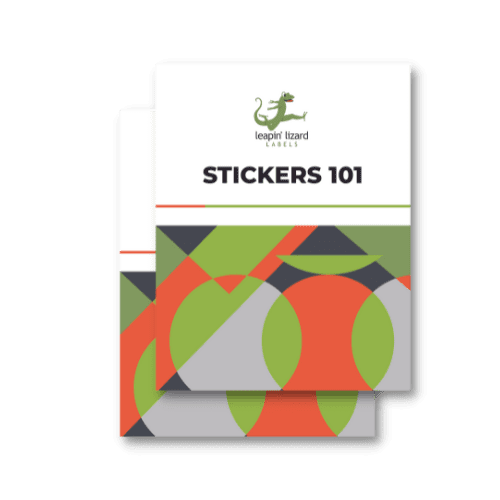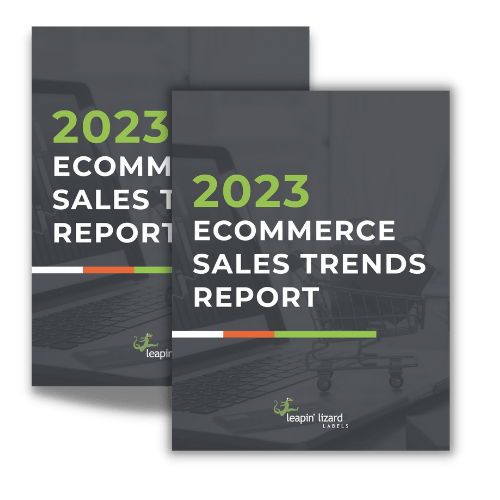One of the most popular uses for label printing involves printing barcodes to help merchants automate their checkout systems and track inventory.
Efforts to use some sort of code system to automate customer purchasing began early in the 1930s with an idea to use punch cards, which were all the rage at the time, with a corresponding catalog of items. Customers would hand punch cards to a clerk, who would use a reader to determine what items were desired for purchase and would find and retrieve them from an automated warehouse. This system proved to be expensive and during the depression, wasn’t practical to completely develop.

A variety of systems were experimented with in the decades to follow. Ones that became the most successful include a method to track railcars using reflective stripes to encode company ID and card numbers that could be read by a photo-multiplier tube. This application evolved to create a system that could track monthly pass holders driving over a toll bridge, followed by a system that tracked postal service vehicles coming and going from the post office yard. Then a dog food company asked for a simple and cheap version they could include in their label printing that could track their inventory, which got the attention of the grocery industry.
Today, the most common system is the Universal Product Code (UPC), which is what we commonly identify as a barcode. The barcode changed label printing, as instead of individual price tags, product companies could integrate the barcode into the packaging or have a separate barcode label printed.
These barcodes are found in a variety of locations:
• Products in grocery stores, department stores, and mass merchandisers.
Label printing barcodes make it easy to track inventory and reduce shoplifting, as barcodes make it more difficult to switch price tags from a lower-priced item to a higher one.
• Barcoded printed labels on items such as luggage, rental cars, and packages enable them to be tracked from one location to another.
• Certain 2D barcodes that can be read by cell phones include a hyperlink that take the user to a specific website.

Label printing barcodes can help merchants manage their point-of-sale system by:
• Identifying fast- and slow-selling items
• Using historical sales data to predict seasonal fluctuations
• Enabling clerks to easily re-price items
• Facilitating shipping, receiving, and tracking
For more information on how printing custom barcode labels can help with your business, please contact us.
Save
Save
Save
Save
Save



